Travelling to five European cities within the Sounds Now project, the Sound Art in Public Spaces exhibition challenges us to look at climate change in a new way.
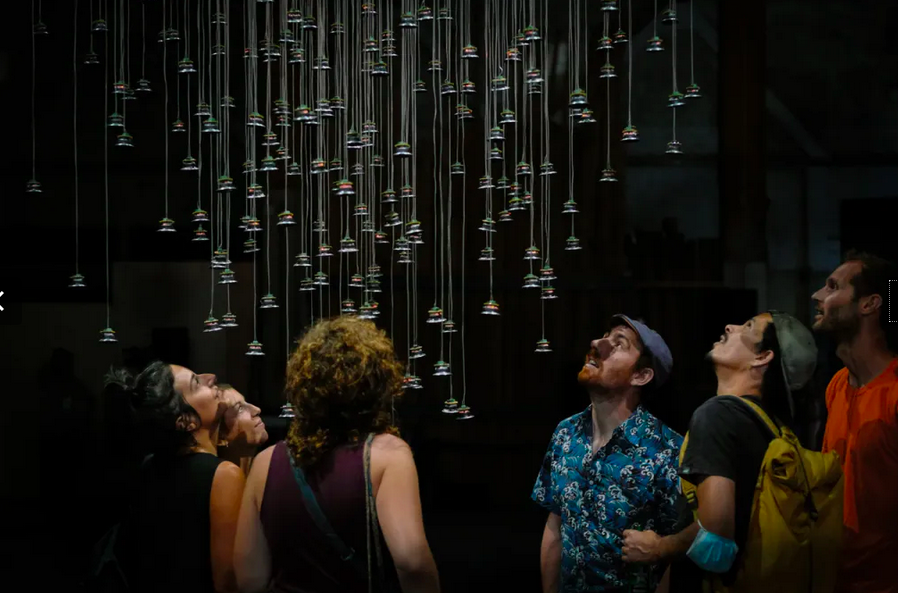
For curator Raquel Castro, our cities should not be “concrete jungles”, but rather enormous habitats for diverse fauna and flora. The urban public space must therefore be re-thought and re-built in an inclusive way – so that people as well as plants and insects feel at home. For Raquel, this is the only way to tackle the current climate crisis. Creative stories – such as the sound art installations in this exhibition – can help us look at climate challenges in a different way.
“Sound can be a huge source of inspiration, it triggers our imagination and prompts action. Unlike image, which remains superficial, sound puts us right in the middle of our environment and brings us deeper to the core” – Raquel Castro
Sound Art in Public Spaces will be presented in different forms in five cities of the Sounds Now project. Starting in Kortrijk (BE), it will move next month to ‘s-Hertogenbosch (NL), then to Aarhus (DK), Athens (GR) and Oslo (NO) in 2022. This auditory experience puts the visitor right in front of nature, asking how we deal with it, and what impact our choices have on us as humans and the other organisms on our planet, each with its needs and life rhythms. Sound installations form the core of the exhibition, with the aim of generating new insights and drawing attention to necessary social changes.
The Installations
at Wilde Westen (15 October – 14 November 2021)
Working with Sounds Now partner Wilde Westen in Kortrijk, Raquel has selected four works to be presented with the Wonder Festival under the theme ‘Rethinking public spaces’. According to her, there is too little (freely accessible) nature in our public space. Each of these works mimics something from nature: the buzzing of bees, the sound of rustling leaves… but in an artificial way. By introducing this artificial nature into an industrial environment, she makes visitors think about how far we want to go as human beings in the makeability of the world. We make everything, so will we soon be creating nature too when climate change has wiped out the fauna and flora of this world?
Félix Blume – ‘Essaim / Swarm’
Sonoscopia – ‘Liquid Aesthesia’
Gabey Tjon a Tham – ‘The Monads’
Gil Delindro – ‘Burned Cork – Resilience’
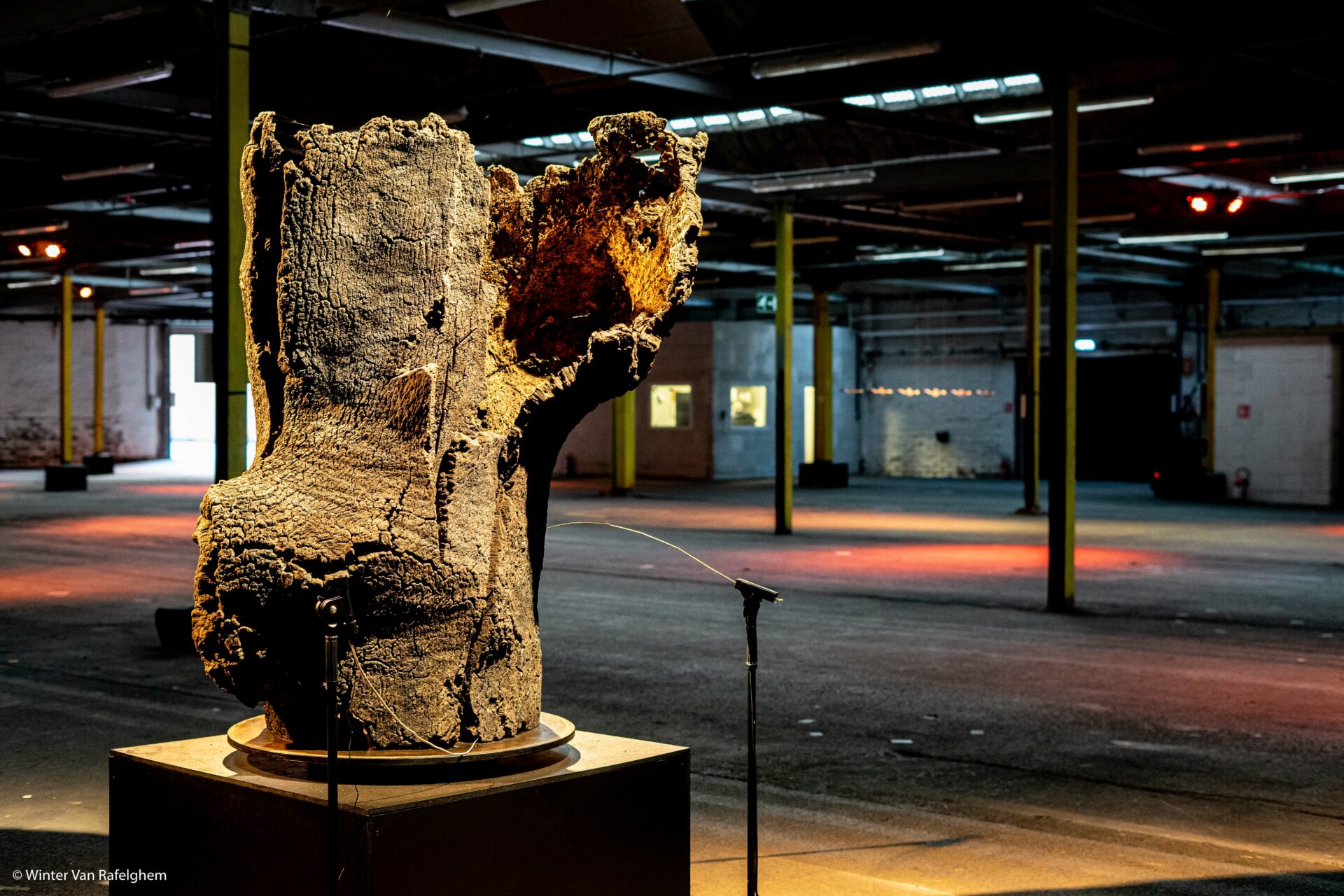
at November Music (3 – 13 November 2021)
During November Music, three of the most striking projects will be on display. In her installation Liminal, Portuguese artist Cláudia Martinho reveals the inner sound world of plants. In her poetic installation, she has connected plants to sensors that pick up their bioelectric impulses. These impulses are translated and integrated in real-time into a wondrous soundscape full of field recordings and incantatory sounds. The installation can be seen in the Verkadefabriek conservatory, the festival hub during November Music 2021.
Polish artist Martyna Poznanska creates a new installation A Non-Human Story-Telling in which she wants to re-establish ties between humans and the unknown, always alienating animal world. In her intimate sound installation -consisting of three cocoons woven from felt- the listener is confronted with the magical sound world of animals. A unique sound language that is closer to us than we would initially suspect. Poznanska’s work can be seen in the hall of the Verkade Factory.
In addition to these two works in the Verkade Factory, another installation can be seen in the beautiful upstairs room of the Willem Twee art space. Under his alias Sonoscopia, Portuguese artist Henrique Fernandes is showing the series Liquid Aesthesia. In this ongoing series, Fernandes employs sound, light, water and plastic material to create a world of his own. A laboratory of light, shadow and sound that is much like a mystical physics experiment. Fernandes is inspired by the characteristic industrial environment of the Willem Twee Art Space.
Cláudia Martinho – Liminal
Martyna Poznanska – A Non-Human Story-Telling
Sonoscopia – Liquid Aesthesia
Watch the film:
at SPOR Festival (27 April – 1 May 2022)
The artists Dawn Scarfe, Saša Spačal, Kathy Hinde, Mikhail Karikis and Ragnhild May were invited to present works that reflect on the relationship between the natural and the human world and confront our position as listeners. Occupying public spaces such as the waterside along the canal Åen, the public library Dokk1, the glass pavilion or a greenhouse in the Botanical Garden, the artists sought to create a dialogue with the place and create listening experiences that aim to provoke human engagement towards the environment, with one another and other species, with our limited resources and our responsibility as part of a whole.
Glass and Air | Dawn Scarfe (GB)
Taking ‘Music for Cello with One or More Amplified Vases (Alvin Lucier, 1993)’ as a point of departure, Dawn conceived the installation Glass and Air. The work consists of a soundtrack which sweeps across the strings of a cello, searching for resonances in glass vessels with small microphones placed inside. This sound plays from the 4 corners of the Bora Bora pavilion, and re-circulates live through the glasses on the table in order to amplify their specific ‘sympathetic’ tones. The glass vessels act as sculptural tools and filters that direct the ear of the listener towards the surrounding environment and encourage reflection on how we might listen differently.
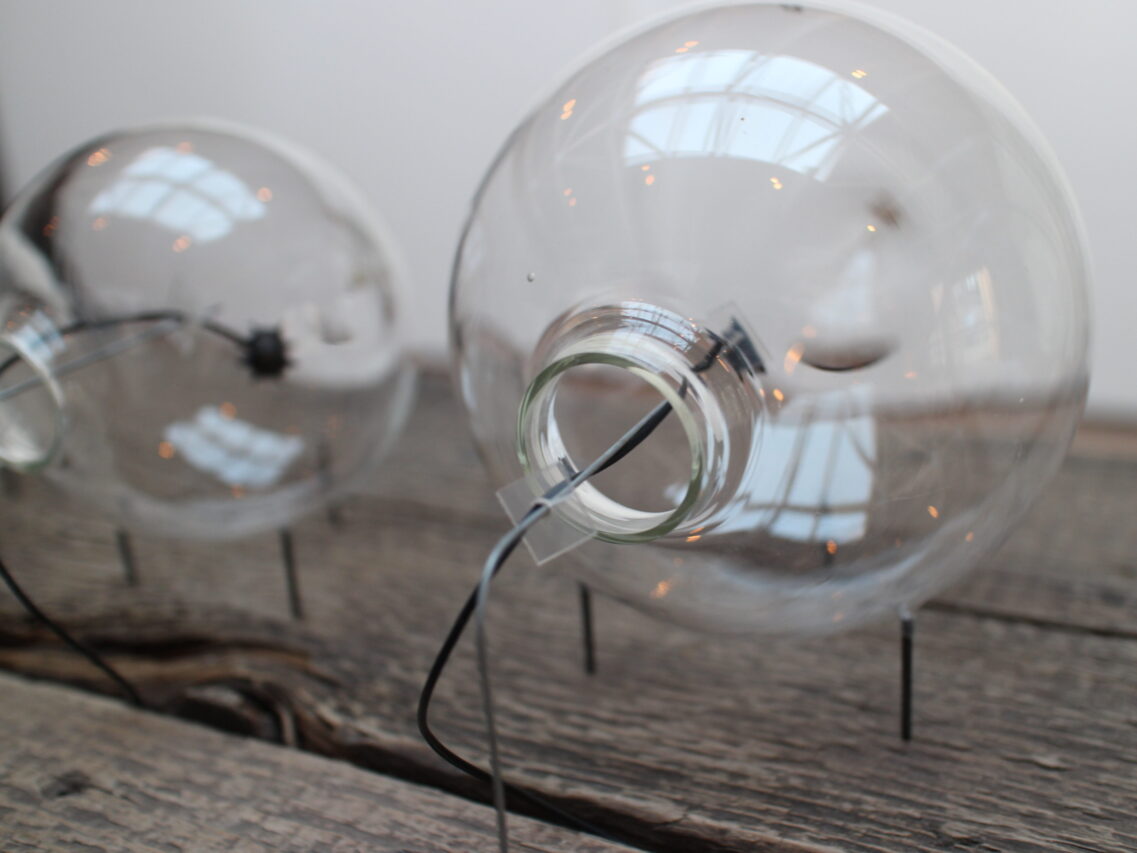
Dawn is interested in how people or things respond to changes in their surroundings and how the sound of particular atmospheres can seem to convey an emotional charge. Her research focuses on instruments and devices that are thought to measure, heighten or extend the senses such as the glass harmonica, the ‘wing-o-graph’ and the Helmholtz Resonator.
Helmholtz Resonators are hollow spheres of glass invented by the German physicist Hermann von Helmholtz in the 19th century. The volumes of air inside each vessel vibrate at specific rates, with larger glasses responding to lower pitched sounds and smaller glasses answering to higher registers. Helmholtz designed the glasses to identify ‘partial’ tones in the notes of musical instruments, but he also took them outside his laboratory to explore these tones in urban street noises such as traffic and fountains.
Dawn was particularly interested in the notion that the delicate spherical vessels might momentarily ‘catch’ and amplify partial tones from the air, allowing ‘music’ to be identified in quotidian sounds of the environment. This is similar to Lucier’s thinking that glasses might act as ‘small rooms’ in which fleeting ambient sounds can get ‘trapped’. Whether considered as acoustic tools or self-sounding instruments, the glasses can draw our attention to the constant vibrational interplay between things and their environments.
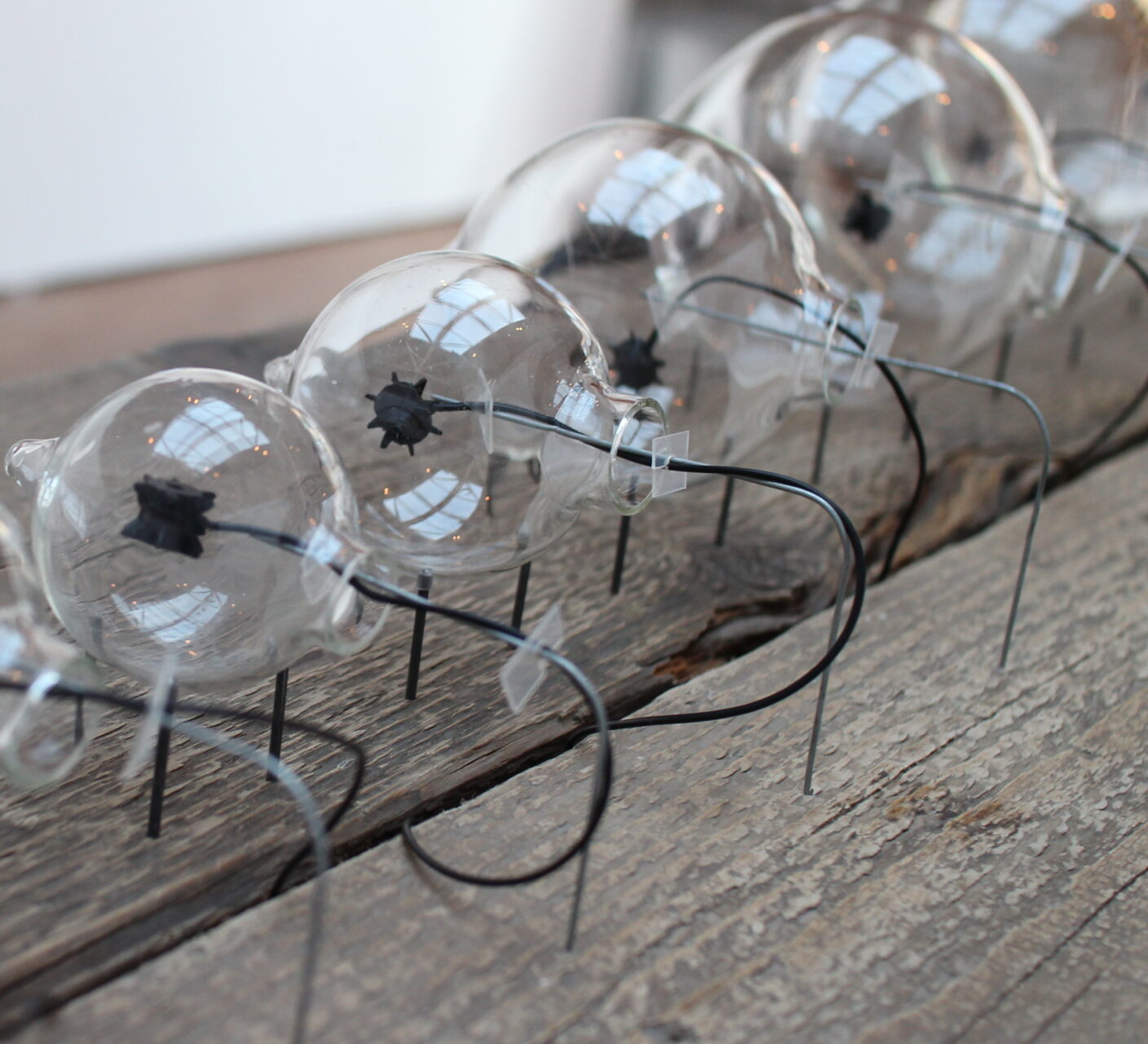
Surrogacy | Saša Spačal (SI)
Vanilla planifolia, the source of delicious vanilla aroma, is a plant native to Mexico belonging to the orchid family. The vine is an epiphyte growing on the surfaces of trees with roots forming a symbiotic relationship with fungi and its flowers pollinated by the male euglossine bees. The vanilla orchid needs abundant interspecies support to thrive and yield the praised spice.
Food production industries are transforming and avoiding plant interdependencies with cloning, culture media germination and manual pollination. Orchid symbiosis is thus morphing into a spectrum of capitalistic surrogacies that provoke metabolic rifts in plant populations, such as the fact that only seven clones of Vanilla Planifolia are grown in Mexico.
Surrogacy, part of Symbiosis Studies Series, is a sculpture of vanilla seeds visualising and sonifying loss of biodiversity via DNA translation of vanillin formation. Symbiosis is considered as any type of close and long-term biological interaction between two organisms, be it mutualistic, commensalistic, or parasitic. Each seed is an aspect of vanilla’s existence: from biological symbiosis with fungi, to synthetic production of vanillin, to slicing of its numbers into slow disappearance.
The period in which we live has been named Anthropocene, meaning a human-dominated era of Earth’s history. Climate changes, loss of biodiversity, widespread pollution, depredation of resources and other alarming changes mark current life on the pale-blue dot. This scenario is a consequence of an ossified ideology of humans’ dominion over nature, not seeing the potential of abundance that might emerge if the planet would be recognized as a complex interconnected system. Through artistic investigation, Saša Spačal researches how humans are evolutionary processes, just one of many beings in the entangled metabolisms of the planet.
Listening Walks | Kathy Hinde (GB)
Deep Listening Walks by Kathy Hinde is a walk along the waterways of Aarhus interspersed with time to listen deeply to underwater sounds through hydrophones, and other microphones that reveal the hidden or overlooked sound worlds of the city. Hinde mixes the sounds LIVE and broadcasts them to the audience’s wireless headphones so they can listen at their own pace.
Kathy brings a portable mixer with hydrophones and other microphones, to create a live mix between revealing usually hidden sounds, and enhanced listening. The soundscapes are broadcast live to 15 sets of wireless headphones for walkers to listen on. The idea is invite people to listen from a different perspective, to practice active, unfiltered, unbiased and deep listening, and a nod towards the incredible practice of the late Pauline Oliveros.
These walks lead towards a bespoke installation of a solar powered sound system created from resonating sculptural metal horns playing sounds from underwater in that location.
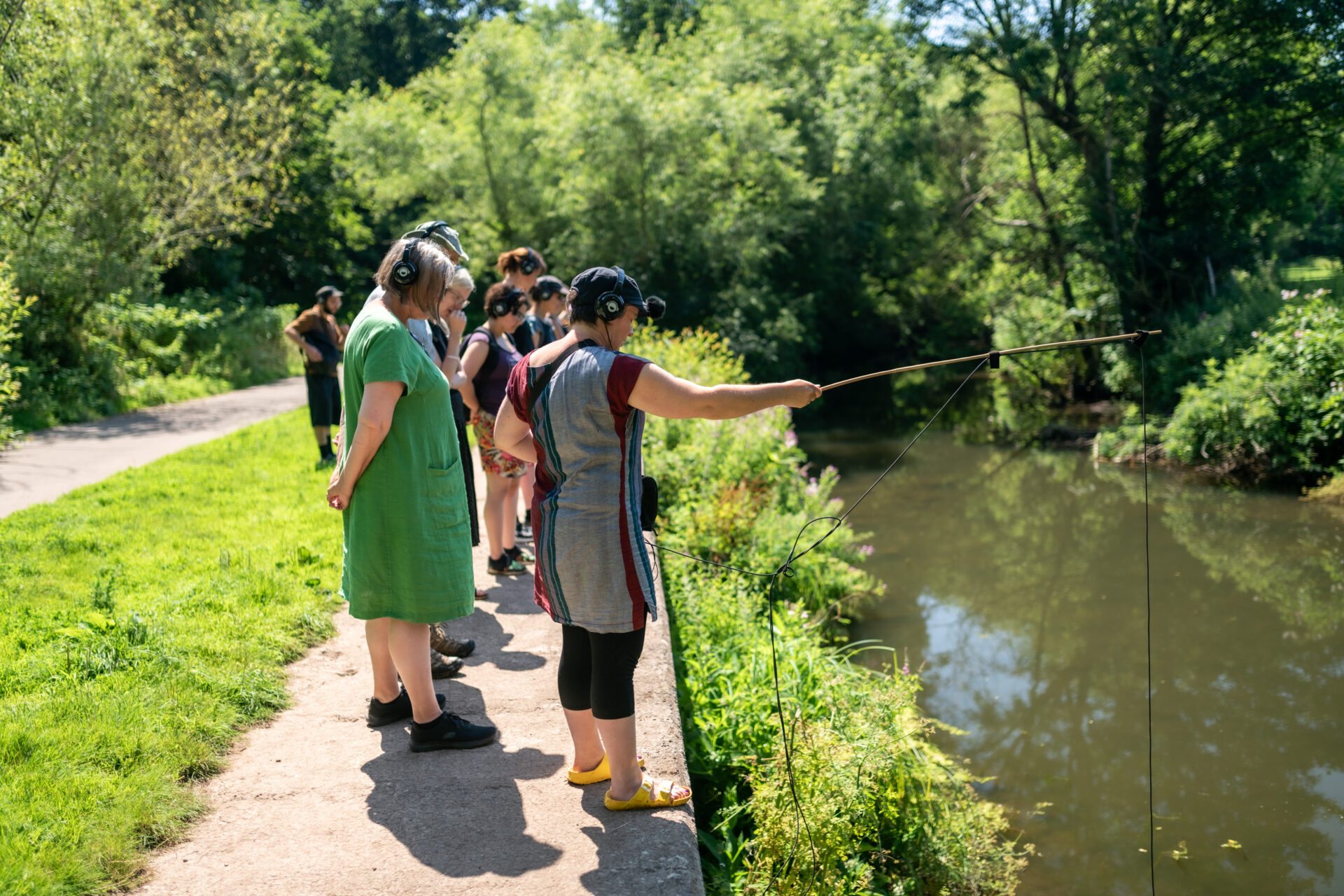
Listening Horns | Kathy Hinde (GB)
Intriguing sounds emerge from curiously shaped metallic horns that seem to grow from the undergrowth along the banks of Aarhus canal, revealing the usually inaudible underwater sound world of Aarhus. Each Listening Horn filters the underwater sounds in slightly different ways, based on the length of the stem. They are handmade from steel, changing and weathering in the outdoor conditions with the soundscapes powered by solar energy.
When we look at the surface of things, we don’t often realize there’s a whole world beneath. The Listening Horns focus on the hidden soundscape underneath the water’s surface, eavesdropping on the aquatic world usually beyond our limits of perception. An embodied experience that creates space for imaginative thinking and reflection around environmental issues.
Kathy Hinde works across disciplines, often in response to specific locations, aiming to nurture a deeper and more embodied connection to other species and the earth’s systems. Her works bring together art, music, science and nature in an enticing, curious and educational way. Through her creative practice, Kathy aims to develop a deeper, shared consciousness and empathetic relationship with the natural world. She creates work that can be different each time it is experienced aiming to give rise to a poetic and reflective experience that enriches an appreciation of the everyday, inviting a heightened awareness of the world around us, thus imbuing a refreshed sense of value with nature.
Hear from Kathy in the video below, or consult her dedicated page with audio journeys of the routes.
We Are the Weather | Mikhail Karikis (GR)
We Are the Weather is a new work exploring our connection and fascination with weather phenomena. From folk songs calling for sunlight to melt the snow and help sprout the seeds, to extraordinary musical instruments in concert halls imitating noises of turbulent storms, and chanting voices of children on climate protests, all are evidence of the different ways human auditory culture expresses our indisputable physical, existential, emotional and civic connection to meteorological phenomena.
Mikhail Karikis produces social-oriented projects in collaboration with communities pushed to the fringes of society, whose voices are structurally excluded from politics and public life. For the Spor Festival, Mikhail conducted workshops with the Music School’s children’s choir to develop theatrical and sonic elements that resonate with the urgency of youth climate action. The project also includes the collaboration with the folk musician Helene Tungelund in the research and singing of Danish folk songs that contain meteorological references.
To weave this work there is a third element constituted by instruments that imitate meteorological sounds in music, such as wind machines, thunder sheets and other ‘weather-noise devices’. The soundscapes generated by the sculptural presence of these instruments generate a sonic meteorology and invite deep listening. They were previously recorded in Lisbon and performed by the musicians Helena Espvall, Joana Guerra and Maria Do Mar.
We know through climate science that humans are active agents in shaping our climate and determining its future. We Are the Weather is a declaration of our entanglement with the environment, a celebration and a message that changing the course of climate change is in our hands.
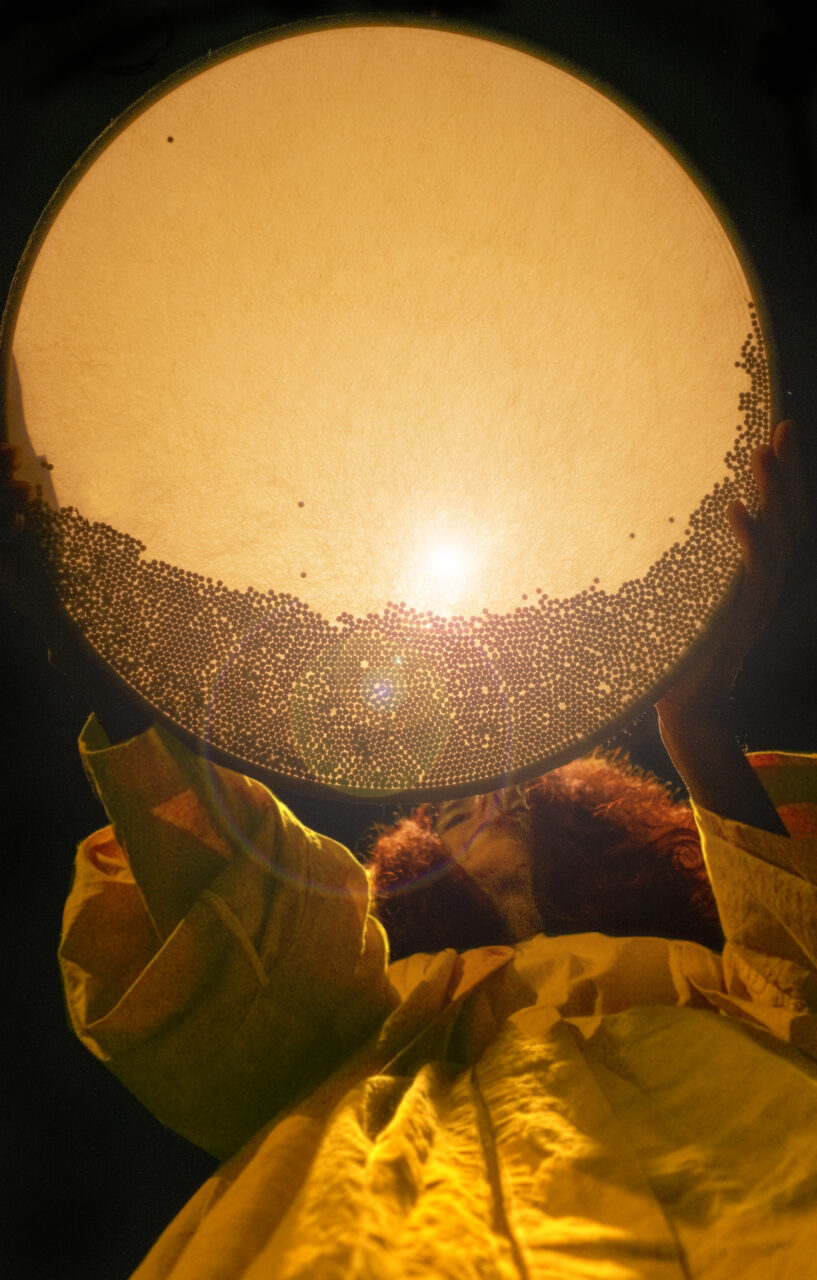
/
Siren Song | Ragnhild May (DK)
Very few women are depicted in public sculpture. In Denmark, approximately 1% of sculptures represent females, and the ones that do, often depict mythological creatures or fictional characters. The most famous sculpture in Denmark depicts a diminutive looking naked mermaid and this sculpture has been surrounded by controversy since its inauguration. It has been decapitated three times, lost an arm once. In the cases where the vandalists were found, they were men.
Mermaid as a mythological creature exists all over the world. Scandinavia, Europe, Greece, Asia all have monstrous underwater females that represent the forces of nature.
The piece Siren Song is a bronze sculpture of a mermaid’s head (somewhat similar to The Little Mermaid) and a sound piece inspired by the different depictions of mermaids in both Greek and Roman art. The sound piece is a narration of the mermaid’s life throughout history, from mythological times to the future. Throughout her life she has been abused by humans and in the post-apocalyptic future, she tells about a world that has been flooded, submerged in water, and given back to the monsters.
The sound piece is inspired by Danish folk songs and also makes use of the Scandinavian tradition of kulning, or herding calls; a form of high-pitched calls used by women in Scandinavia to communicate over long distances when herding or even as rape alarms.
At the SPOR Festival, the bronze sculpture is submerged underwater and the sound piece is played from an underwater speaker.
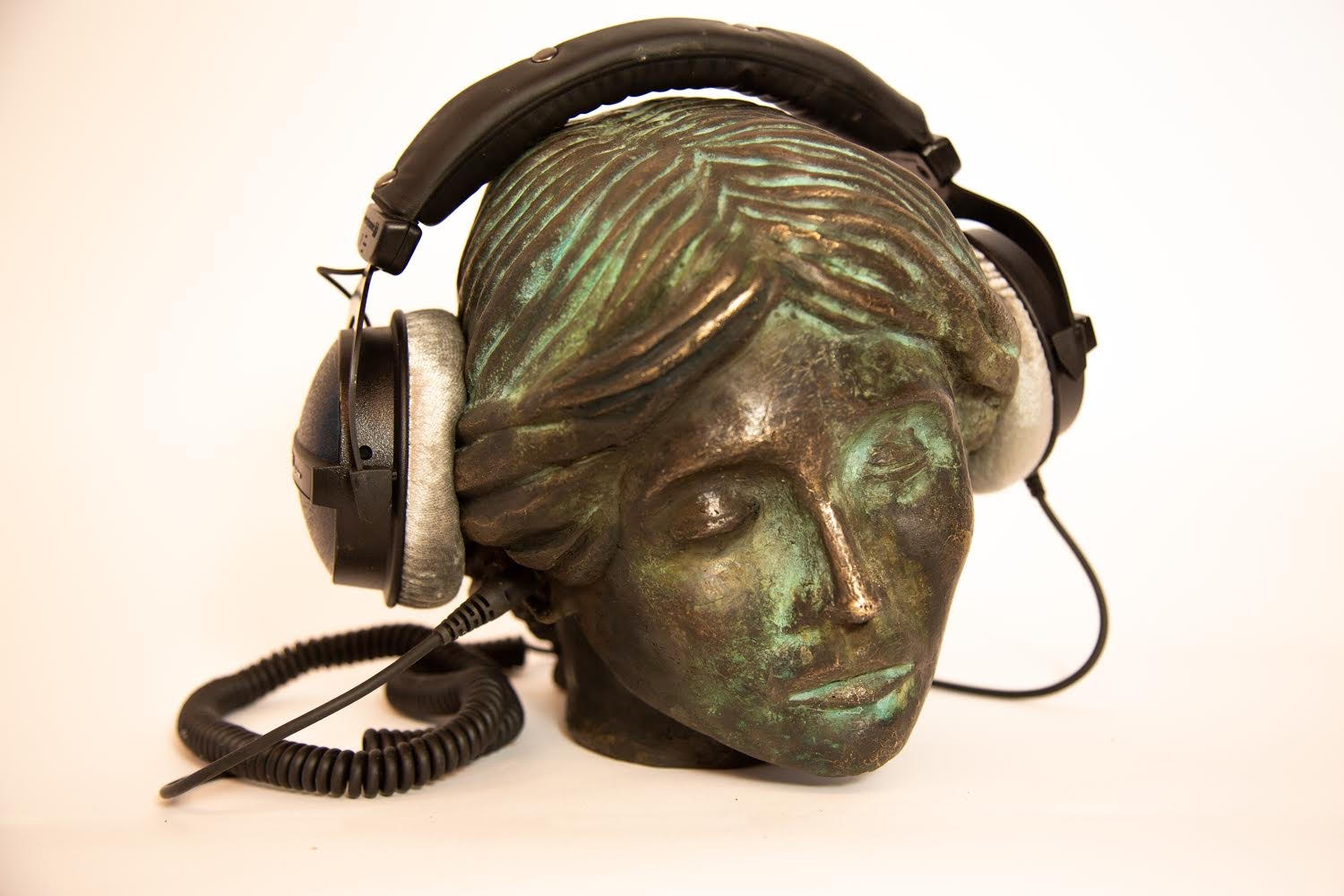
More info and programme on the SPOR Festival website
at Onassis Stegi (15-26 June 2022)
Location: Garden of the French School of Athens
Imagine a garden full of sounds that draw your attention to your surroundings, an imaginary soundscape that aims to stimulate hearing and lead you to reflect on the relationship between the natural and the human world. The Garden of the French Archeological School in Athens will be occupied by sound art pieces specially conceived for this space, enhancing its acoustic life with sonic surprises along the way.
A celebration of the world of sound, this exhibition is the fourth under the European project Sounds Now, which will bring the audience to different public spaces in five European cities and create an auditory experience that aims to provoke human engagement towards the environment, with one another and other species, with their shared commons and rhythms.
Sound installations are the heart of the program and seen as potentially enabling new perceptions while at the same time creating awareness towards the need of change on a societal level.
Nomadic Noises | Thessia Machado (BR)
nomadic noises is a temporary confluence of sonic circumstances in a particular garden in a determined time.
A set of eight tree-mounted simple shelters houses an assembly of motors teasing sounds from different materials. The interconnected rhythms emanating from them spread around the garden and welcome other sounds to fill in, a syncopated field joining in the local sonorities.
The installation proposes an experience that emerges from a group of sound-making small sculptures interacting with the aural ambience in the garden of the French School of Archeology in Athens.
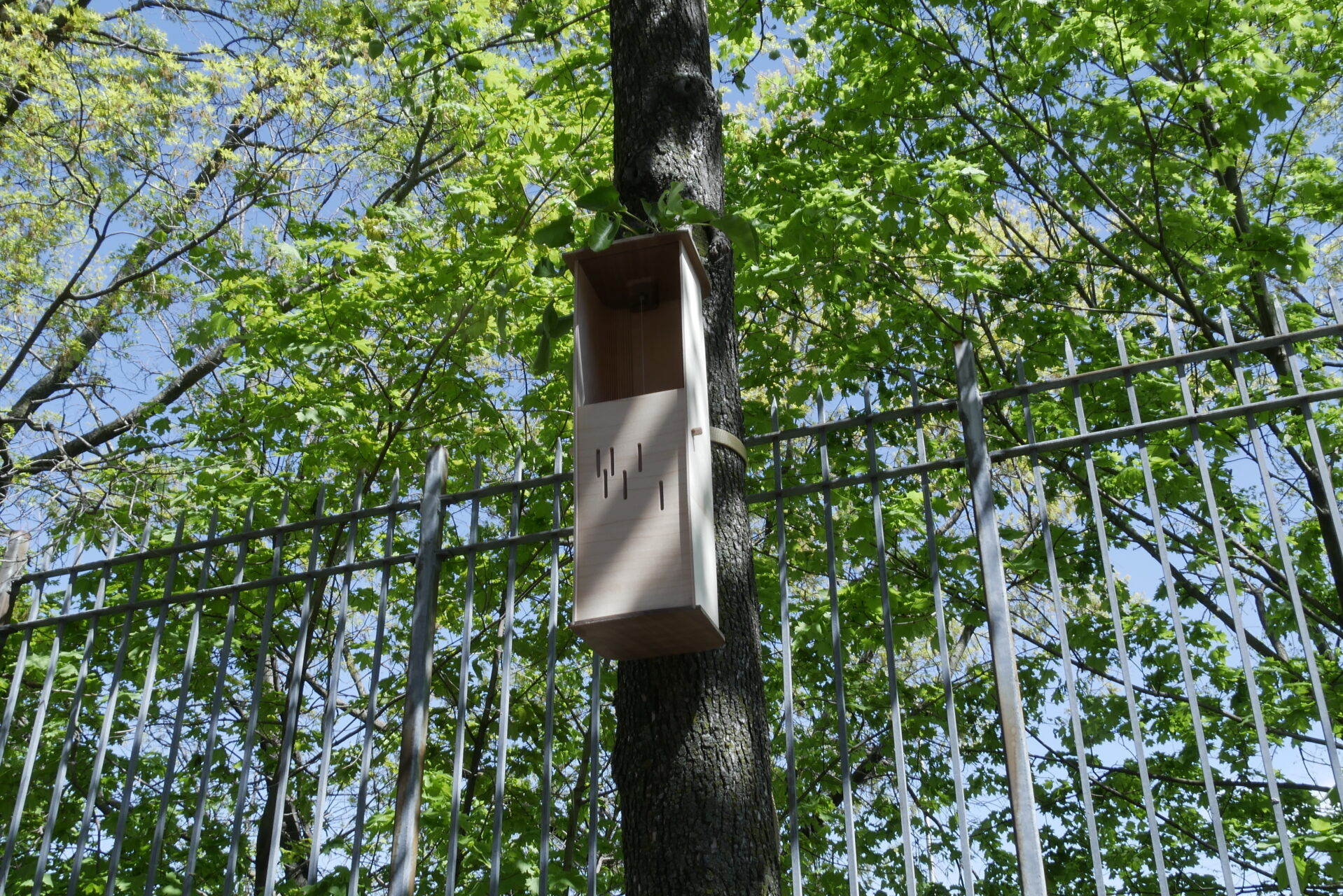
The Garden of Earthly Delights | Martyna Poznanska (PL)
Non-human narrative can be defined as a story told without using human language, but with what reigns in the natural environment, like the wrinkles on a tree bark, fallen leaves, bees buzz, taste of grass, texture of the soil, smell of water.
The guided installation is focused on our always multi-sensorial perception of the world intrinsically entangled with the non-human beings, emphasizing the importance of using our sensuous bodies to be closer to the environment, communicate and search for mutual understanding. Participants will be blindfolded for a while and follow short scores to perform.
Join Martyna on this very special path!
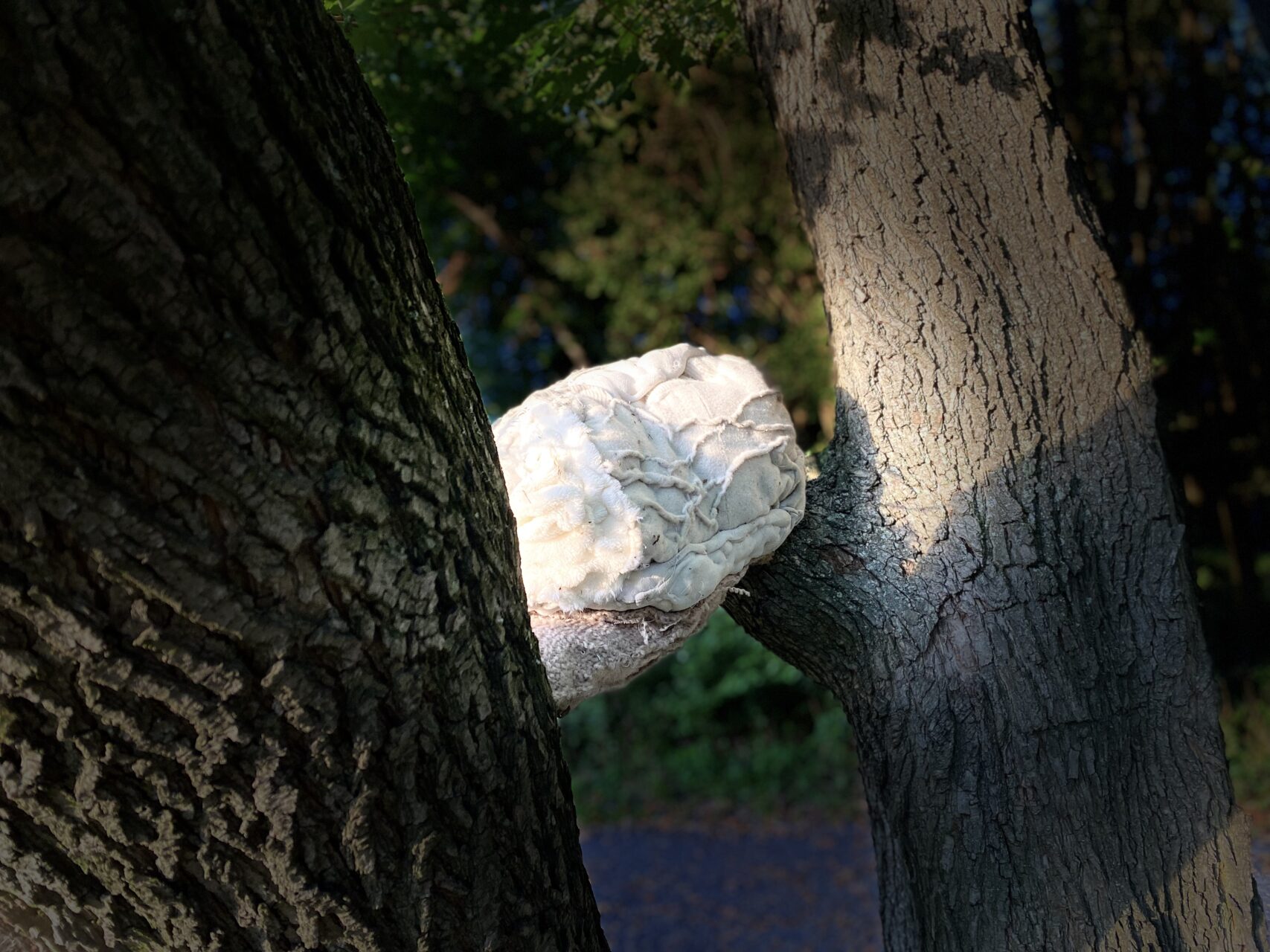
Liquid Aesthesia #3 – ABSENCE | Henrique Fernandes, Sonoscopia (PT) + Vincent Martial (FR)
For the present proposal of “Liquid Aesthesia”, Henrique Fernandes and Vincent Martial will focus on the idea of liquid (water) as an absent, non-visible matter, a metaphor. In order to explore this idea of “Absence”, the artists will create a path of sound objects/sculptures in a selected area of the garden, seeking to activate the auditory memory of listeners and a reflection on the importance of water.
Following on from previous presentations of Liquid Aesthesia # 1 (Mother) and #2 (Density), a new collaboration between Henrique Fernandes and Vincent Martial will depart from considerations about drought, poor management of water resources and climate changes.
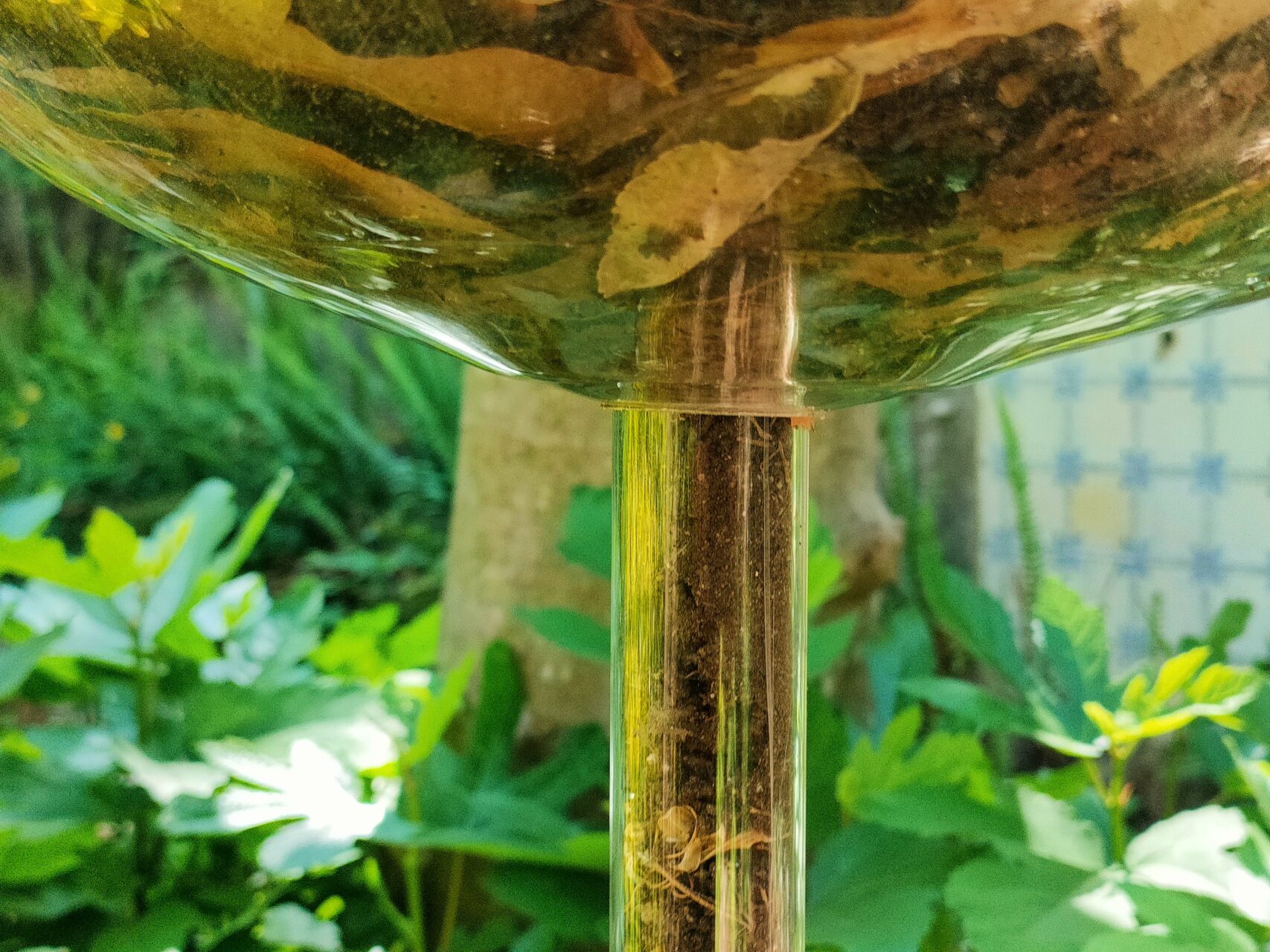
Many quiet dialogues | Rie Nakajima (JP)
Site-specific installation with sound and movement produced by found objects and kinetics in the garden.
They vibrate and tinkle, with natural and artificial elements, filling the green space with whirs and chimes and an uncanny sense of energy, that invite you to make an unexpected step.
We are orientated and also disorientated with mixtures of vibrations.
They are joined by all others in the environment, such as wind, birds, trees, movements of ourselves, like having many quiet dialogues…
Rie will be joined by Pierre Berthet on a very special performance on June 16. Pierre will also install singing chairs.
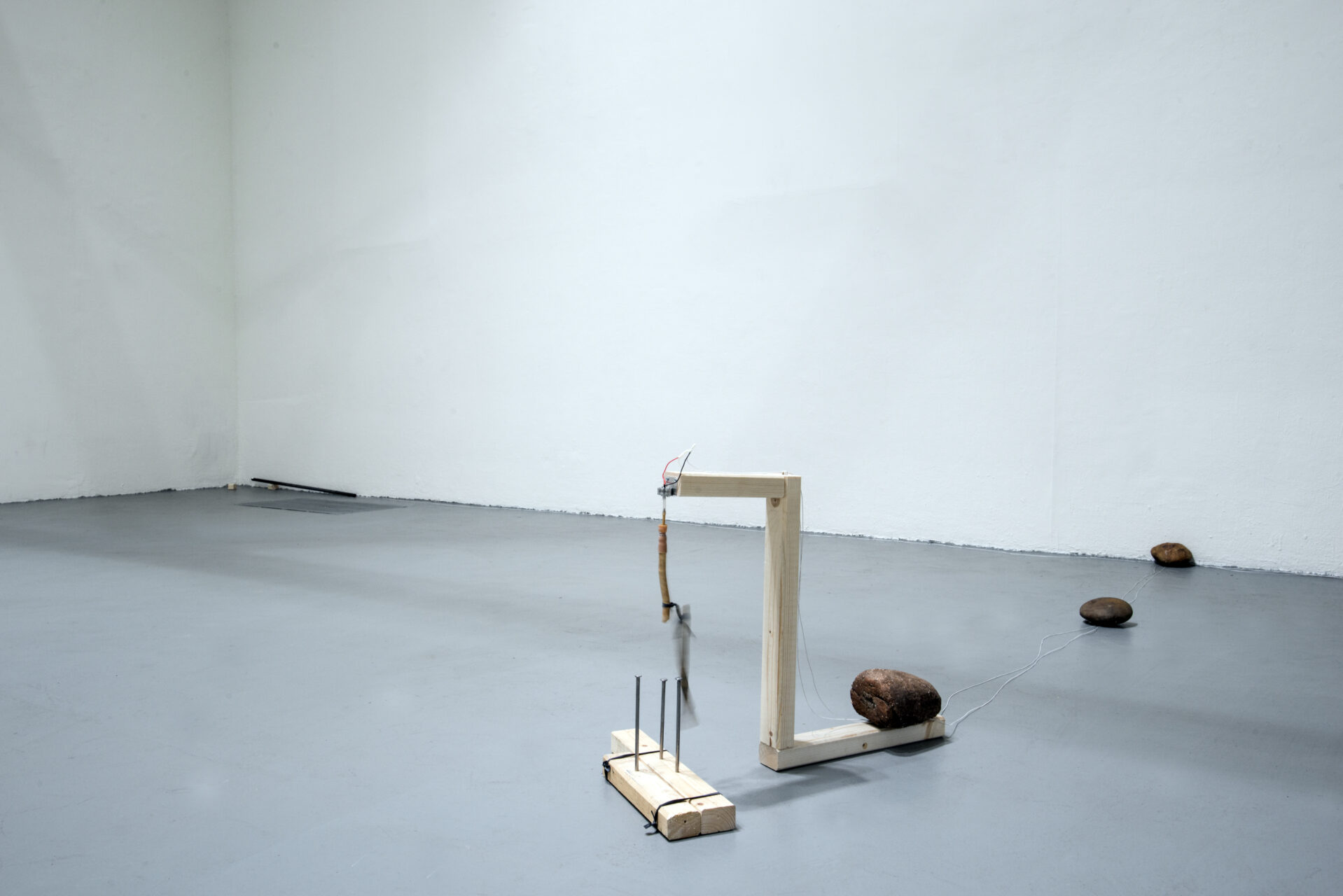
We Are the Weather | Mikhail Karikis (GR)
also presented at SPOR Festival 2022
We Are the Weather explores our connection and fascination with weather phenomena. From folk songs calling for sunlight to melt the snow and help sprout the seeds, to extraordinary musical instruments in concert halls imitating noises of turbulent storms, and chanting voices of children on climate protests, all are evidence of the different ways human auditory culture expresses our indisputable physical, existential, emotional and civic connection to meteorological phenomena.
We know through climate science that humans are active agents in shaping our climate and determining its future. We Are the Weather is a declaration of our entanglement with the environment, a celebration and a message that changing the course of climate change is in our hands.
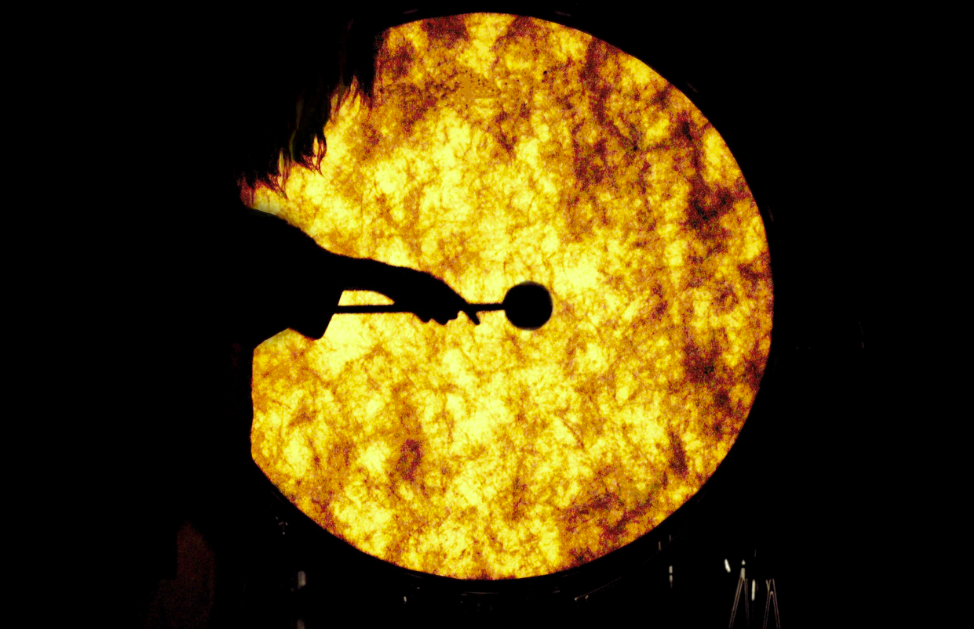
at Ultima (16-21 September 2023): “Weathergods”
Program
Henrique Fernandes and Gustavo Costa / Sonoscopia, Vincent Martial: Liquid Aesthesia #4
Filmenshus/Cinemateket September 16-21
(Check Cinemateket’s website for opening hours)
Live performance 16/9, 15.00
In Liquid Aesthesia #4, Vincent Martial and artists from the Sonoscopia collective incorporate watery sounds and mechanical air pumps and heaters. In the installation and accompanying performance, they unveil the physical processes that occur to water as a catalyst of profound social and environmental transformations.
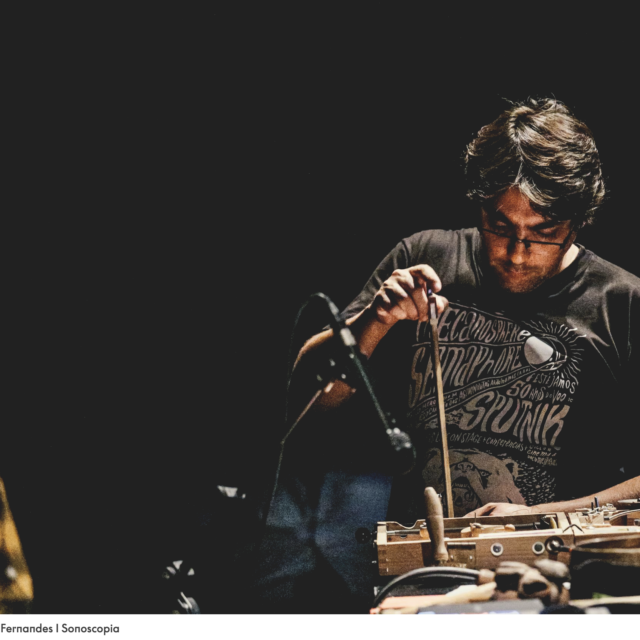
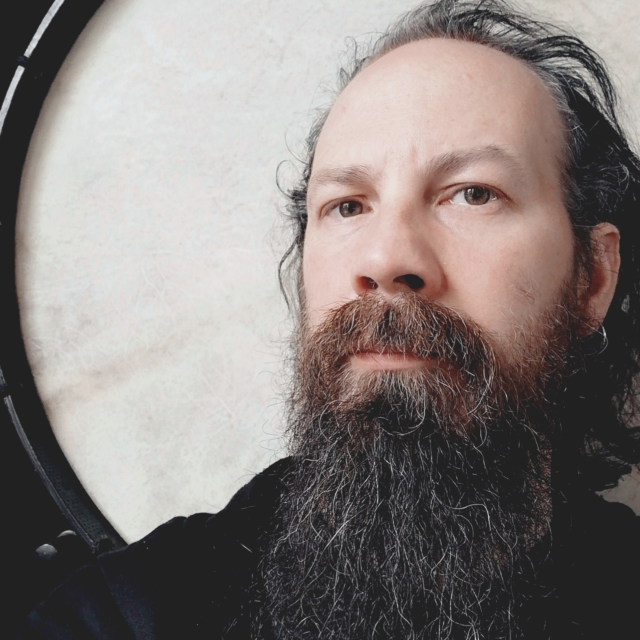
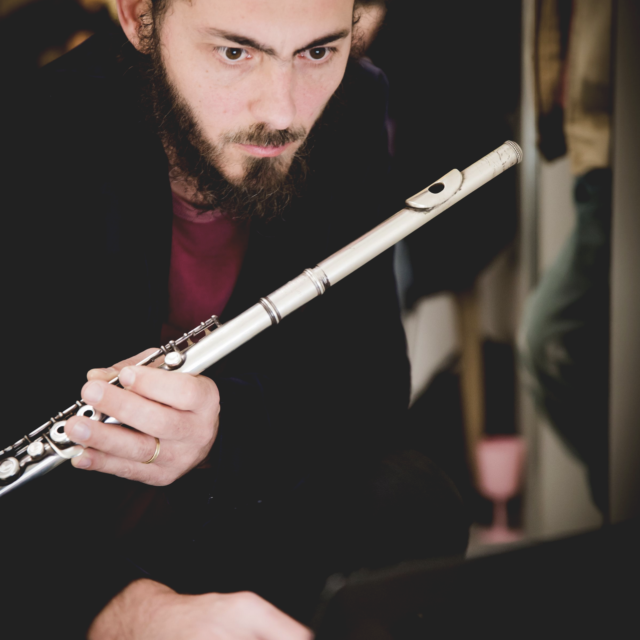
Mikhail Karikis: Weather Orchestra
Deichman Tøyen
(Check the library’s website for opening hours)
September 16-21
Live performance 16/9, 12.00
Art activist Mihail Karikis creates an indoor weather system inside Tøyen library. In a performance accompanying his Weather Orchestra, Unni Løvlid and young climate activists sings prayers to the sun to make crops grow, instruments imitate the noise of storms, amidst the howling voices of young climate protesters.
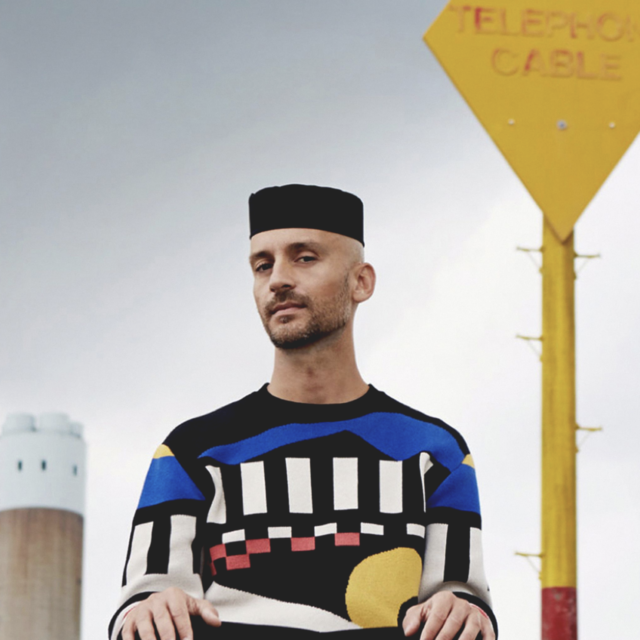
Kathy Hinde: Listening Horns
Klosterenga park
September 16-21
12:00 – 20:00
Live performance Sounding Horns: 16/9, 13.00
Listening Horns by Kathy Hinde feature handmade horns emerging from the ground, revealing the underwater sounds from a stream in the Klosterenga park. In the live performance Sounding Horns, Hinde and French hornist Hild Sofie Tafjord improvise with the local soundscape, transforming the surroundings into a responsive ecosystem.
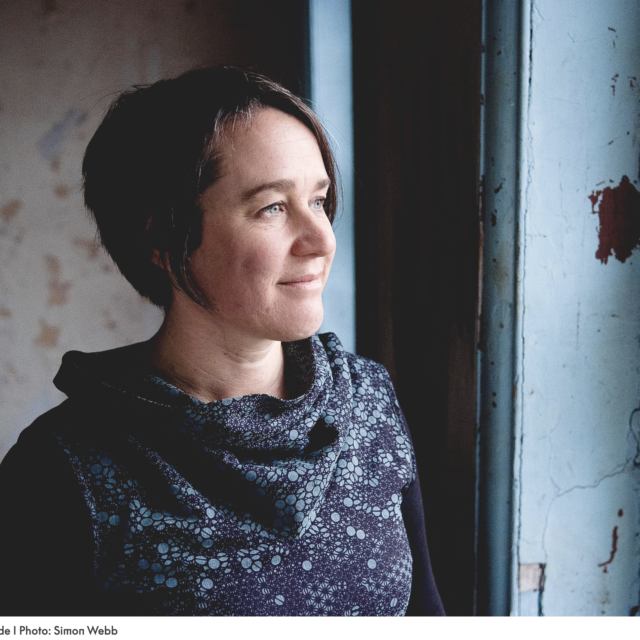
On September 16, Ultima is holding a talk with artists and curator Raquel Castro about the works in the exhibition, and the broader themes of climate activism and sound art in public space.
The conversation is free and open to the public. It is moderated by Ultima’s director Heloisa Amaral. Details on the Ultima website.